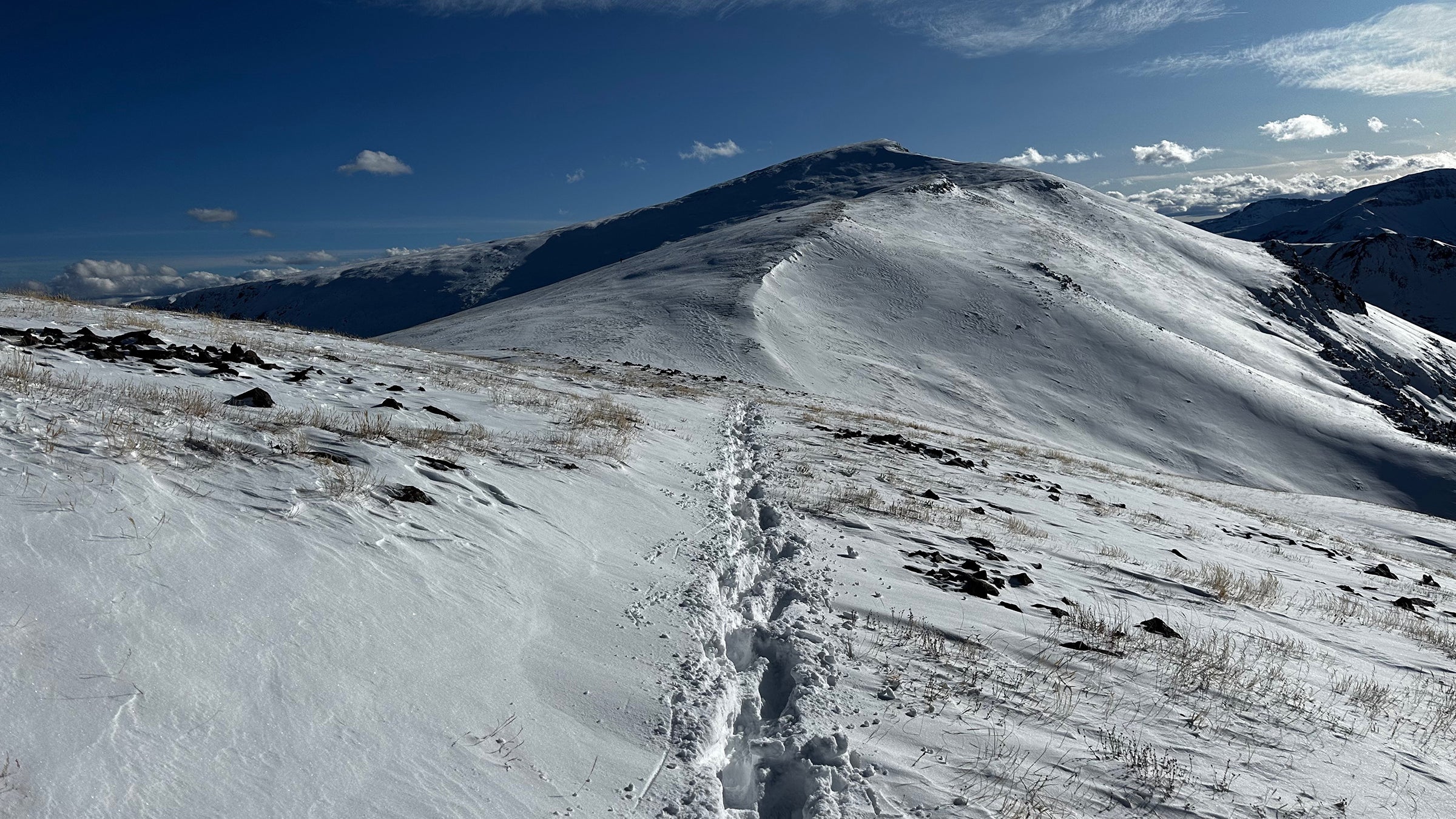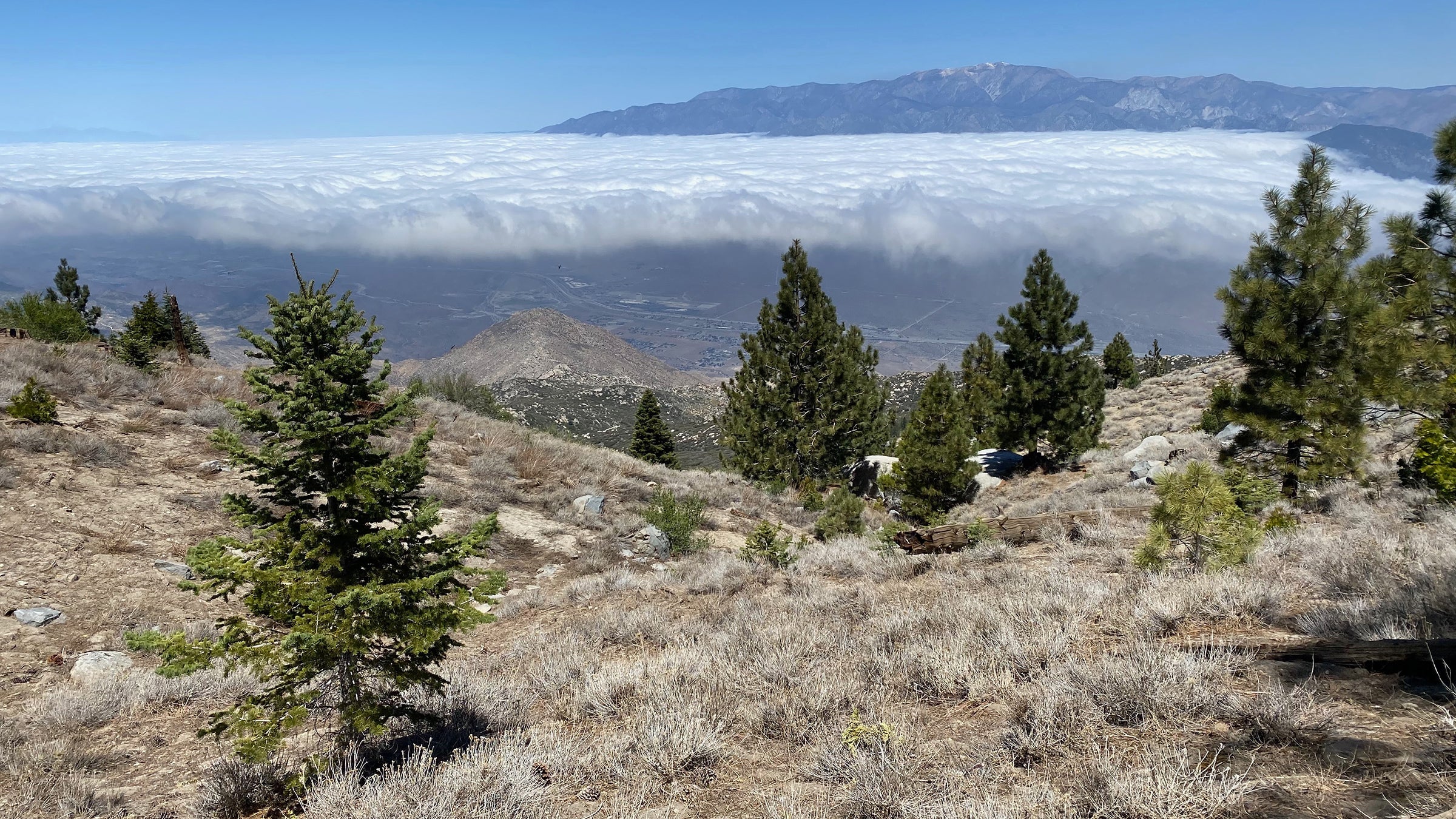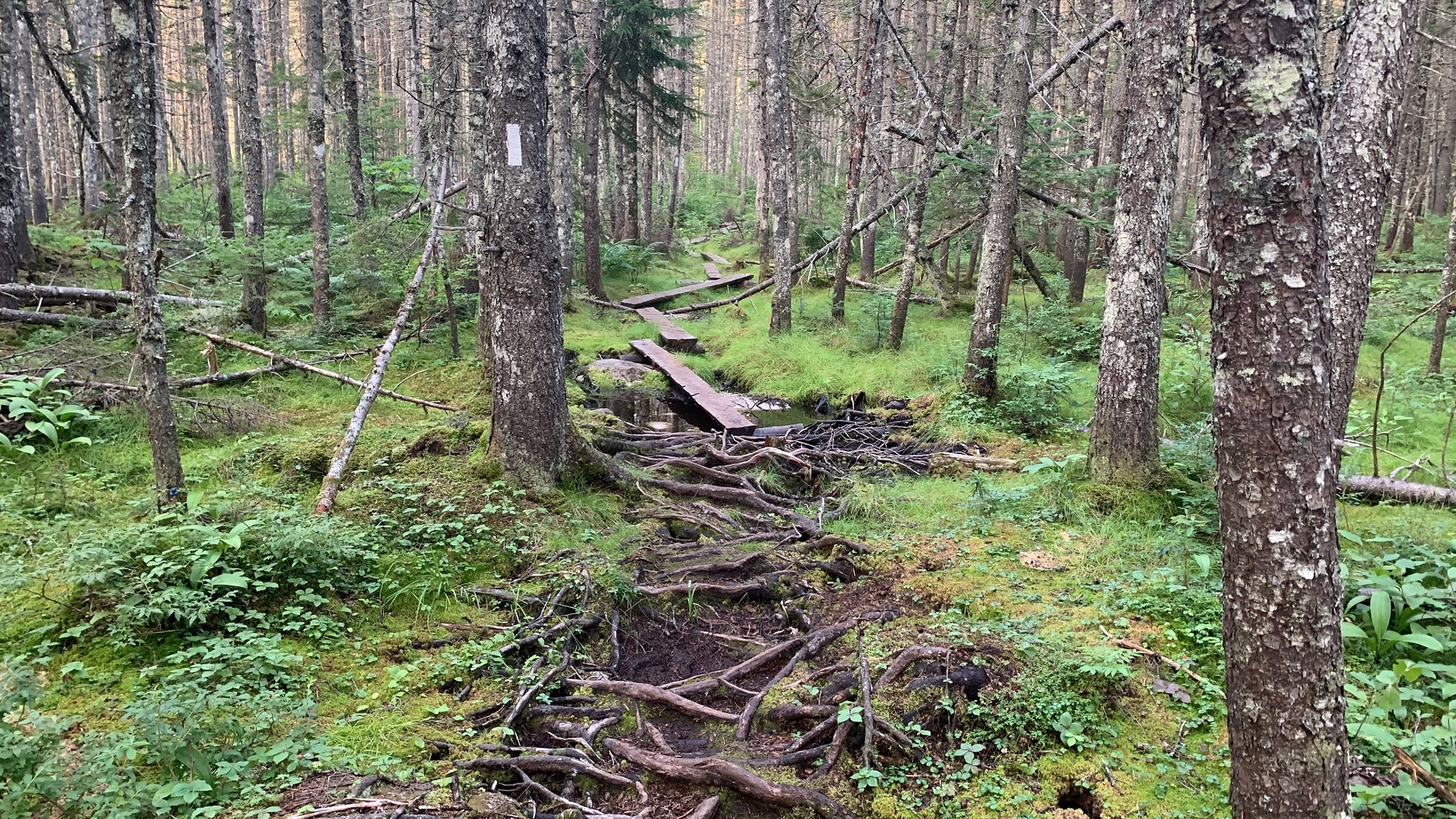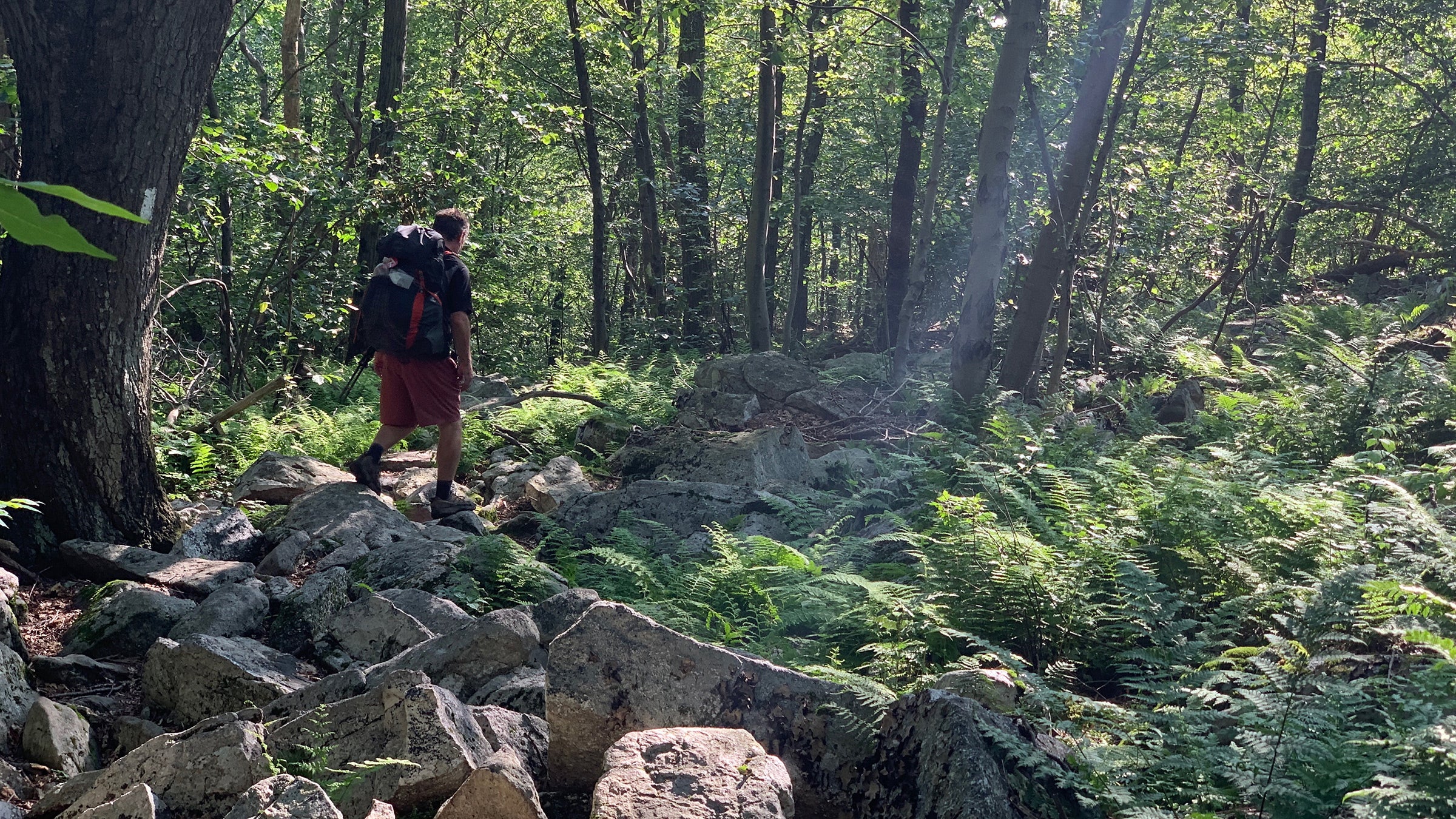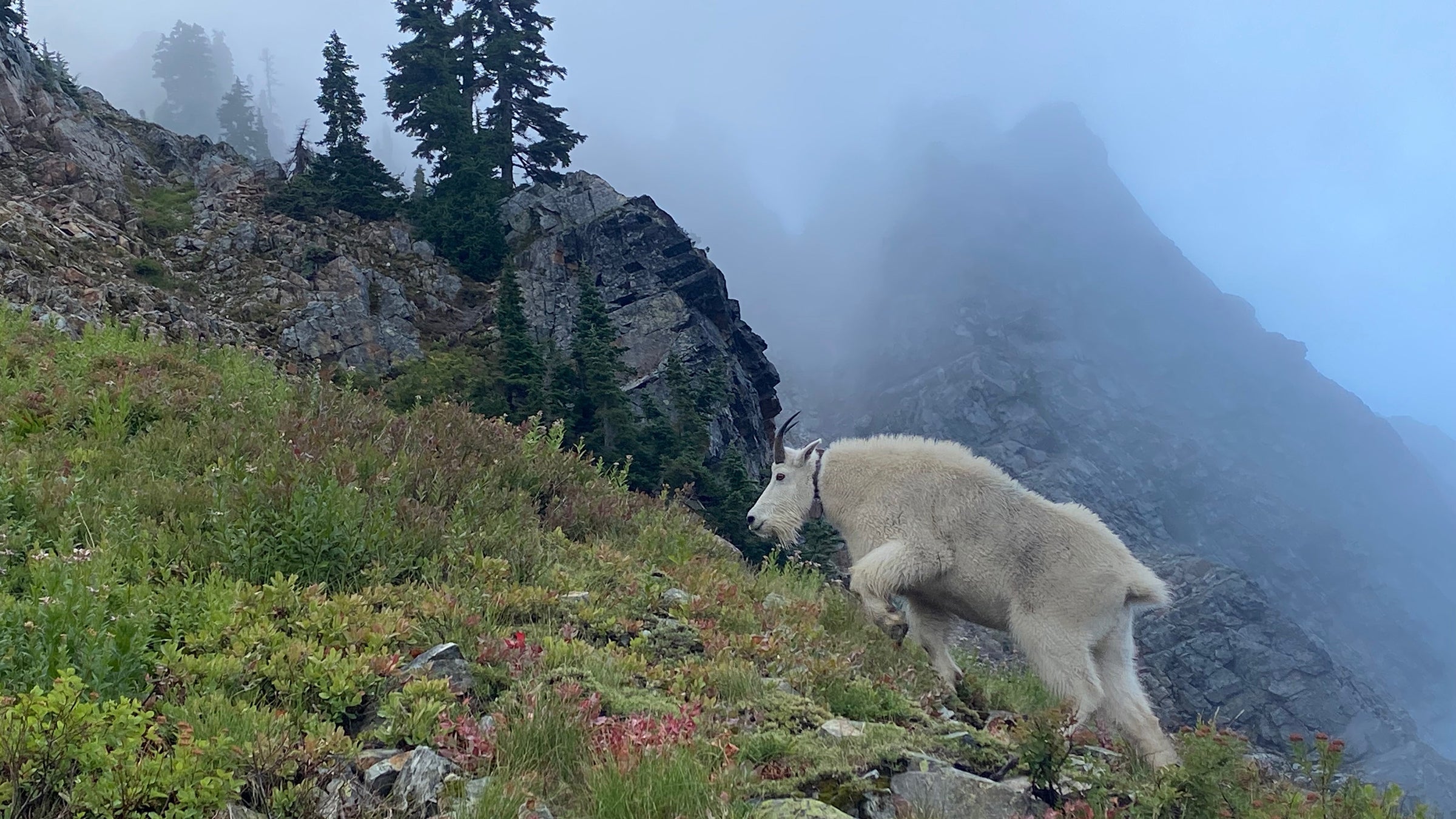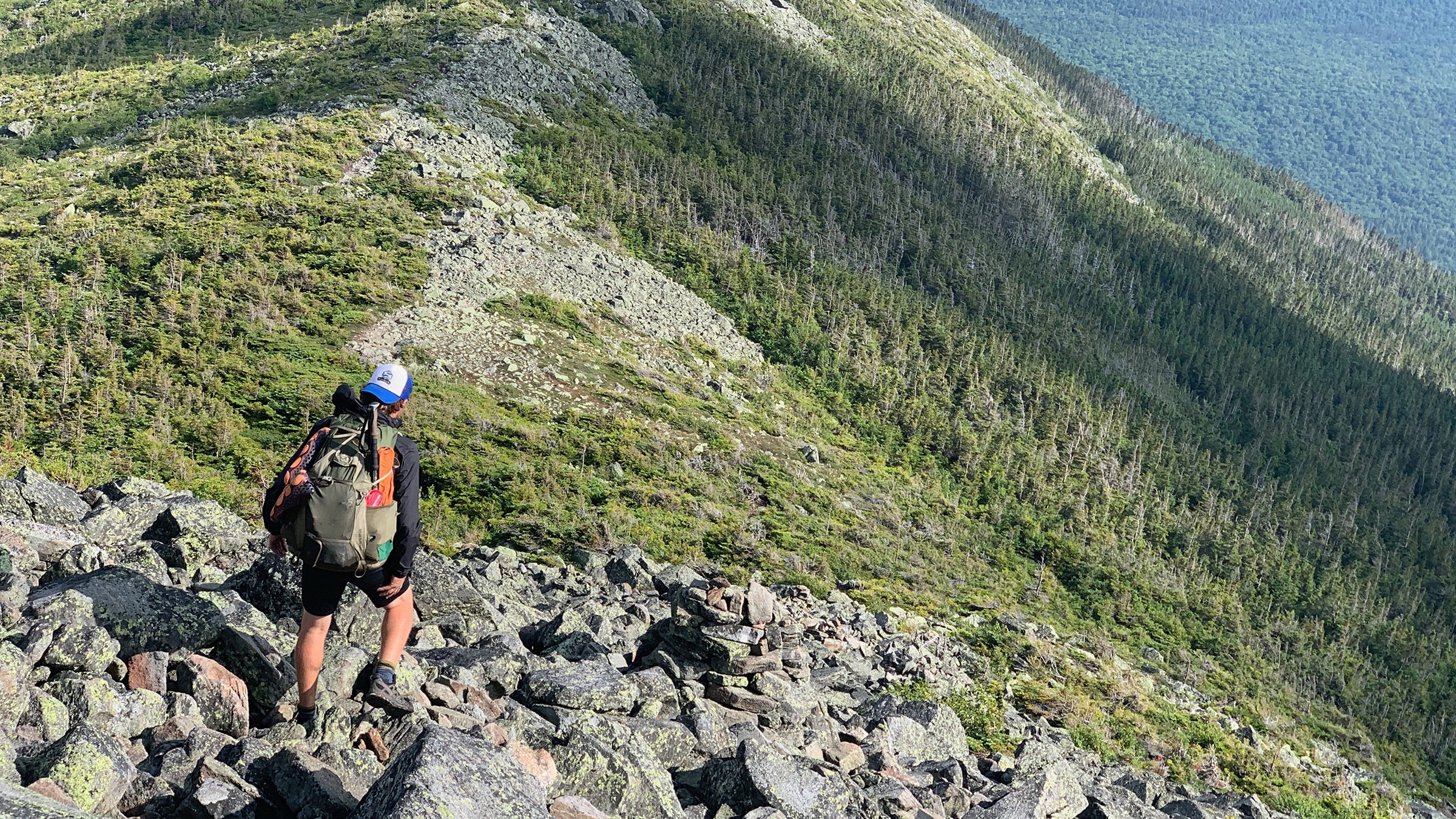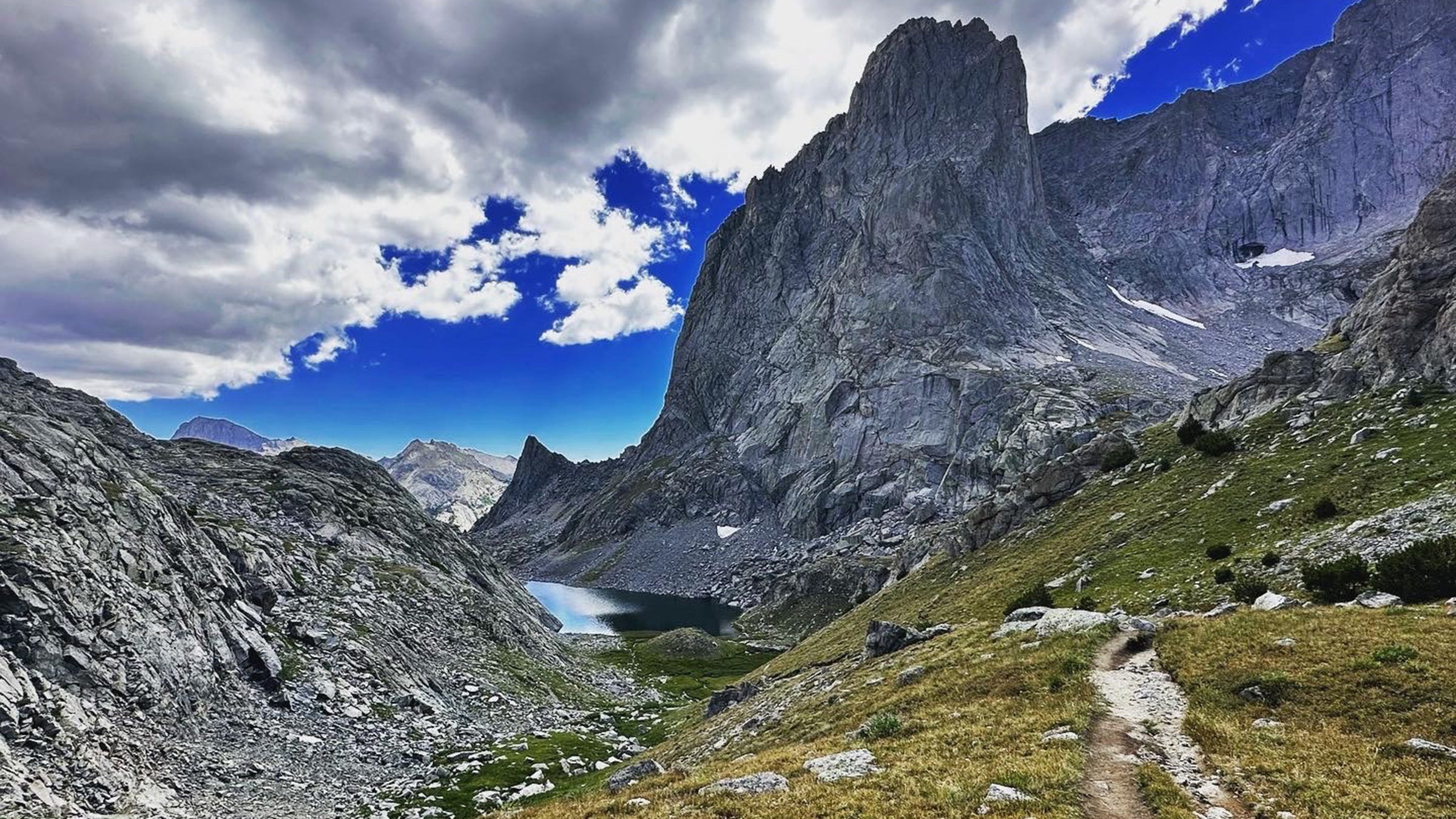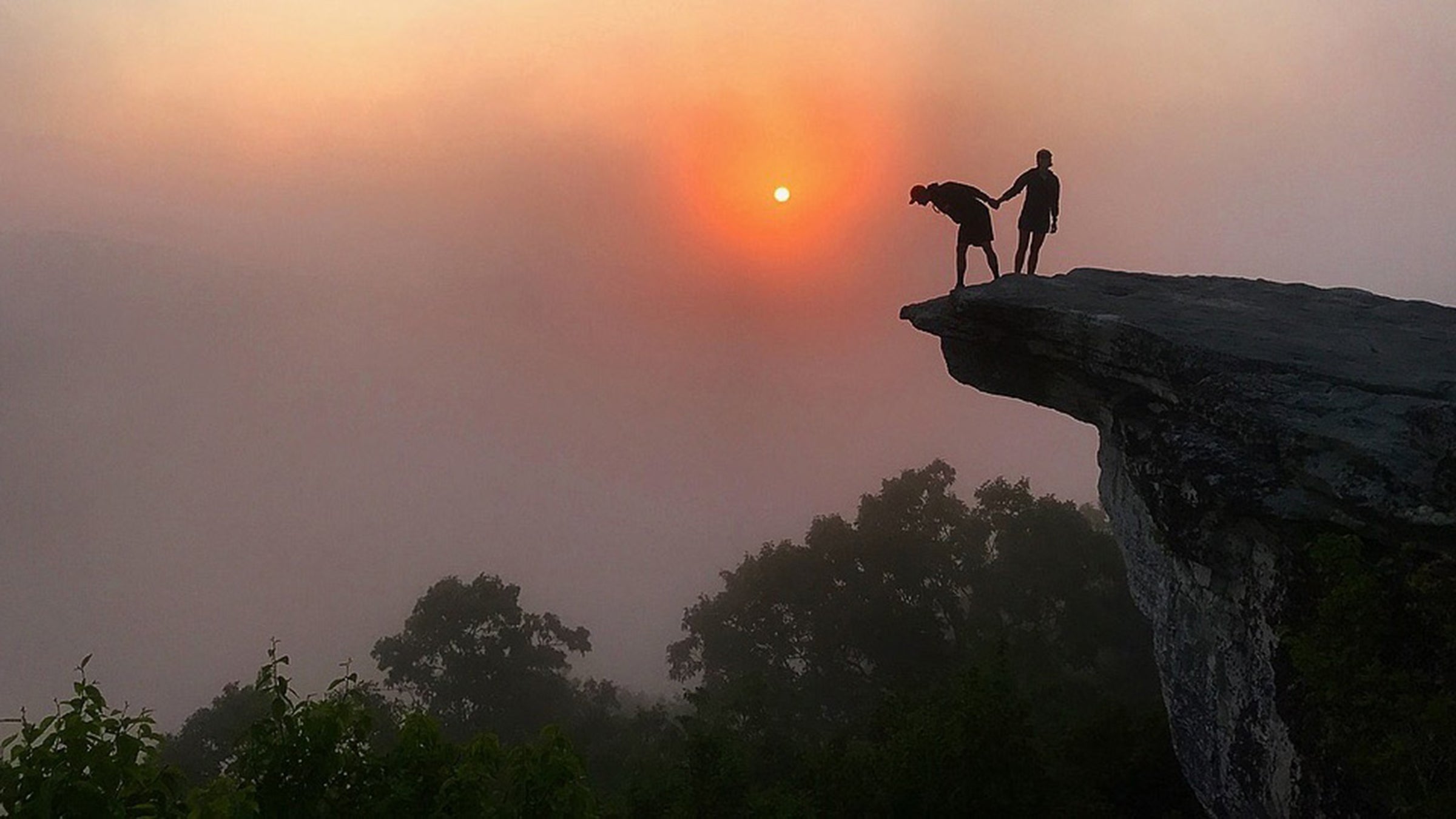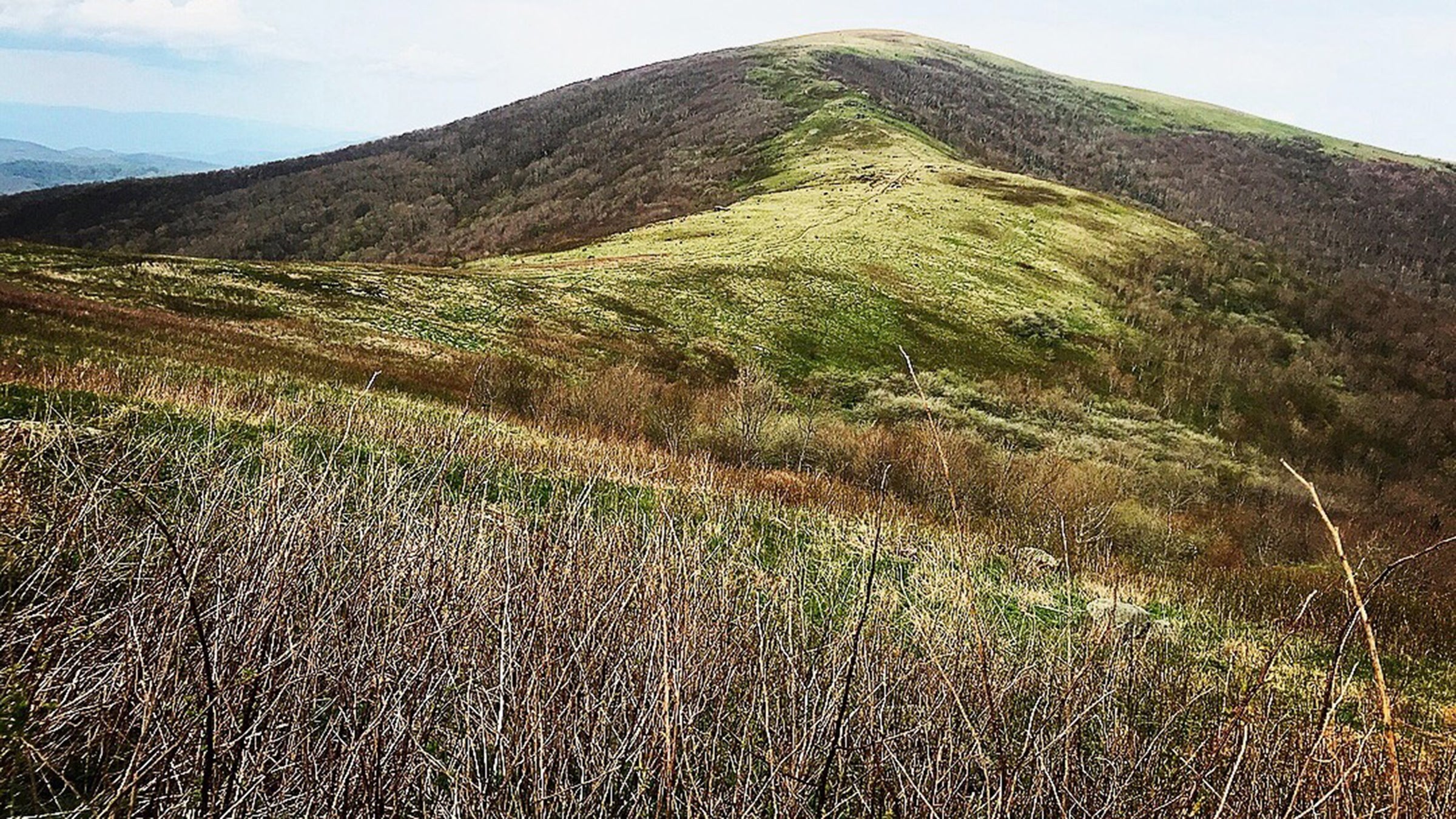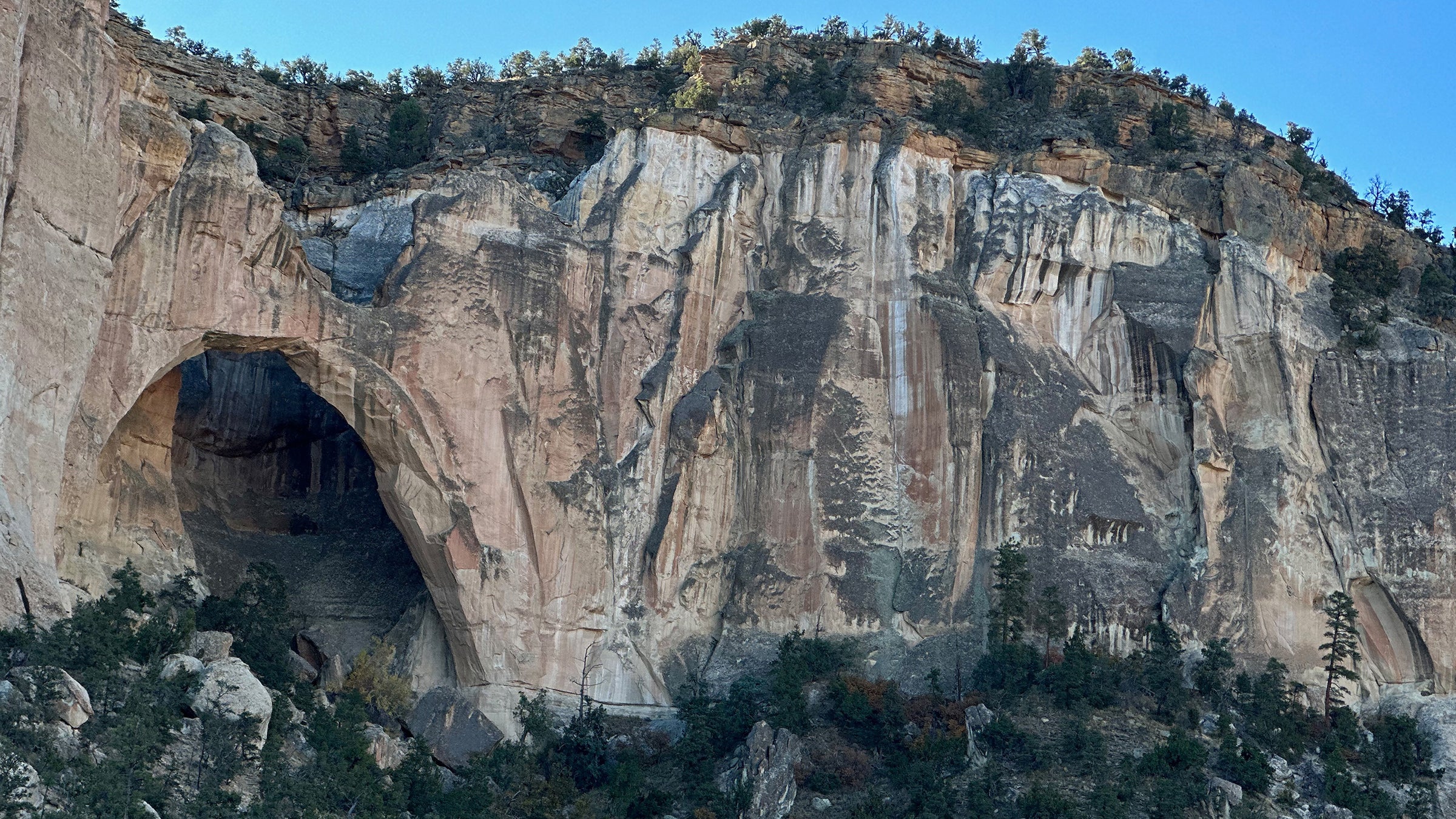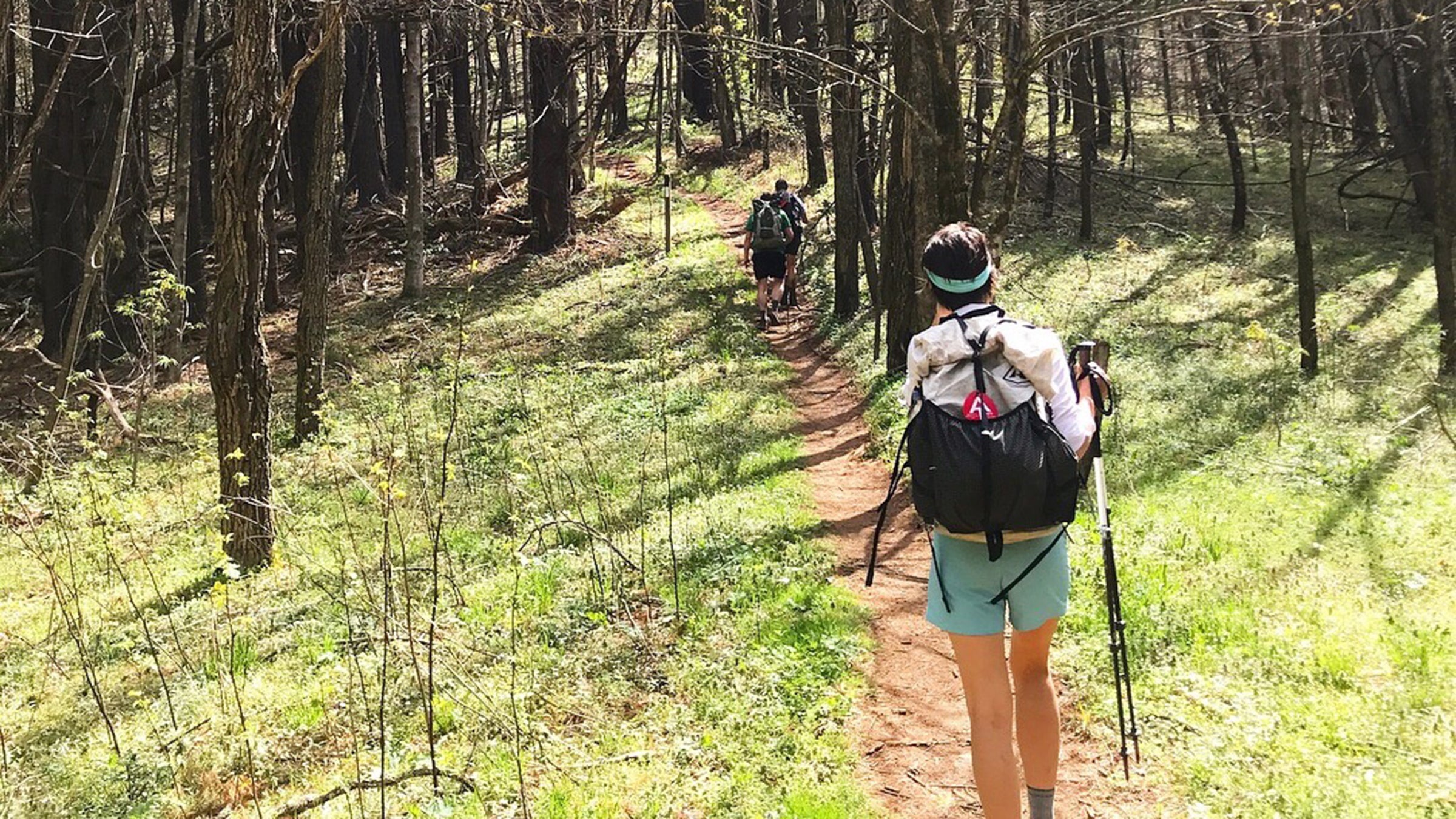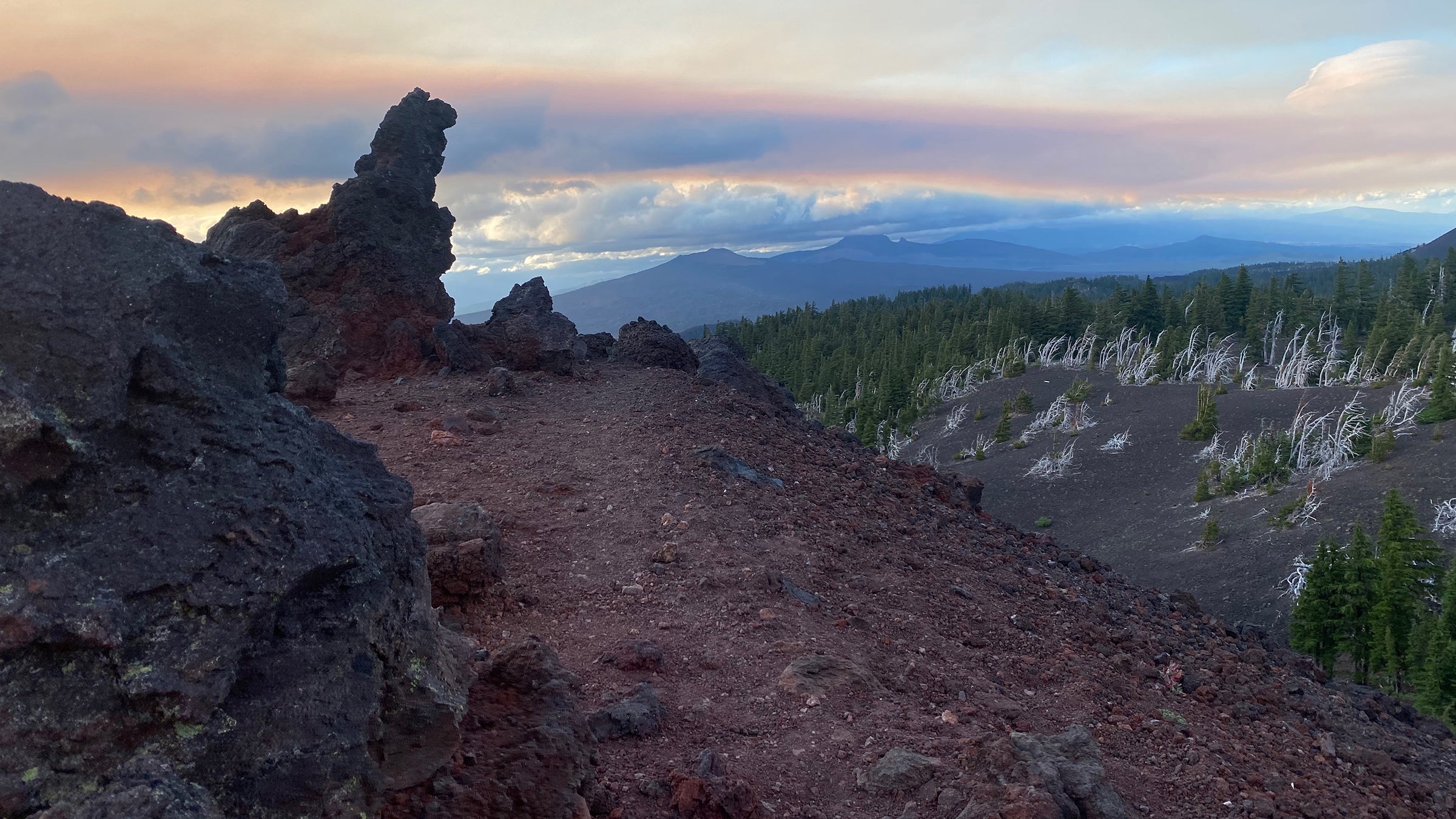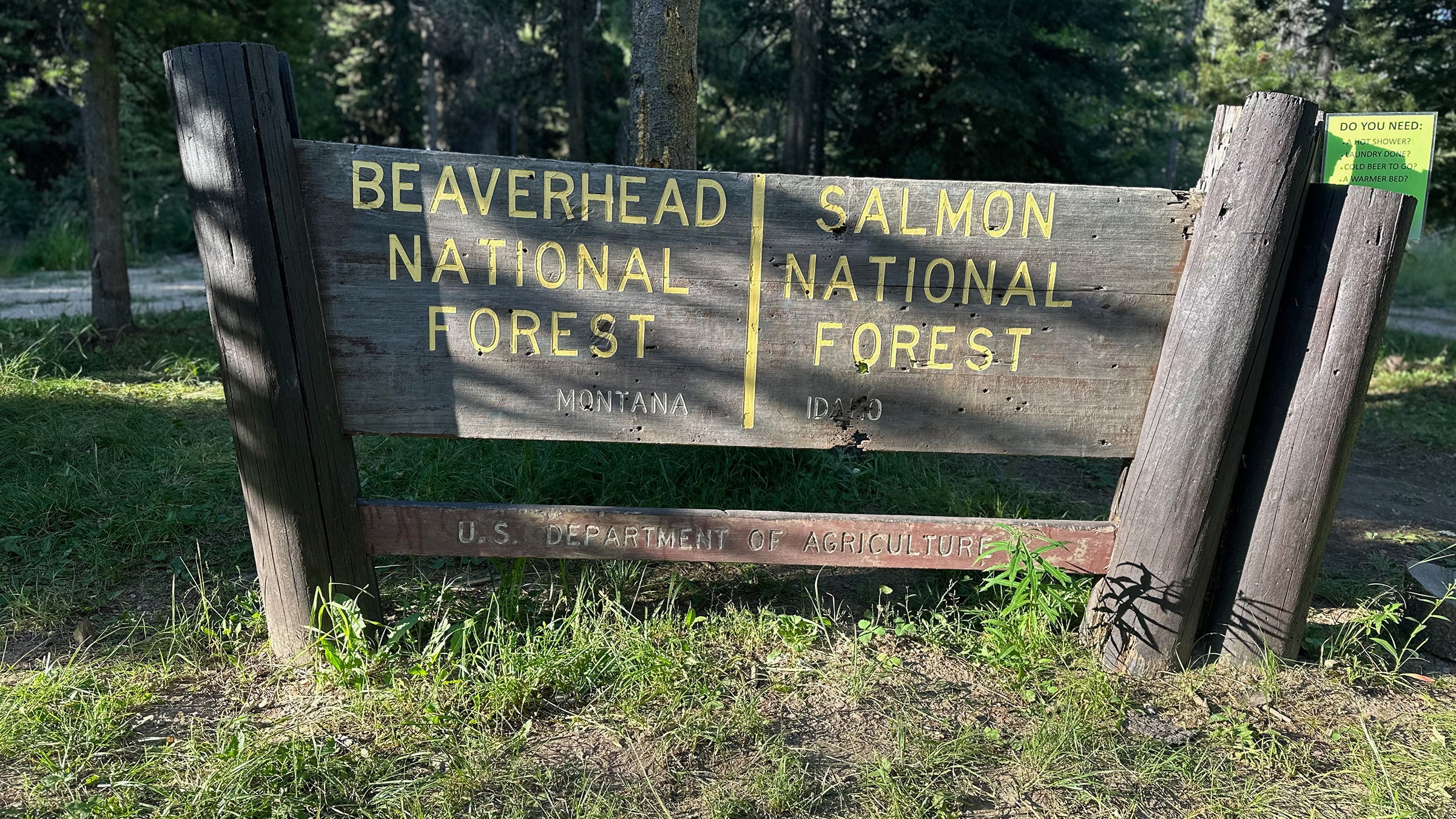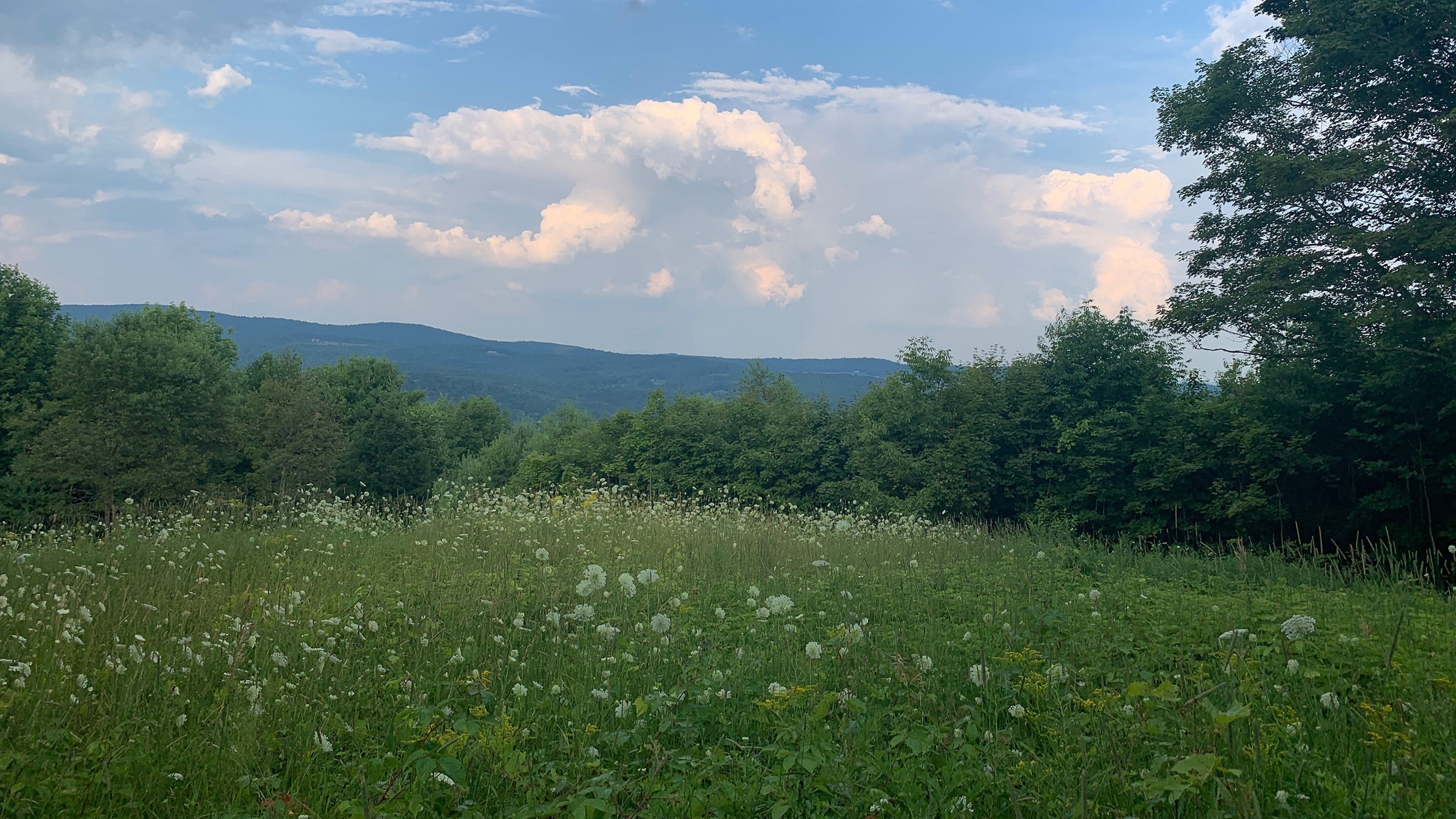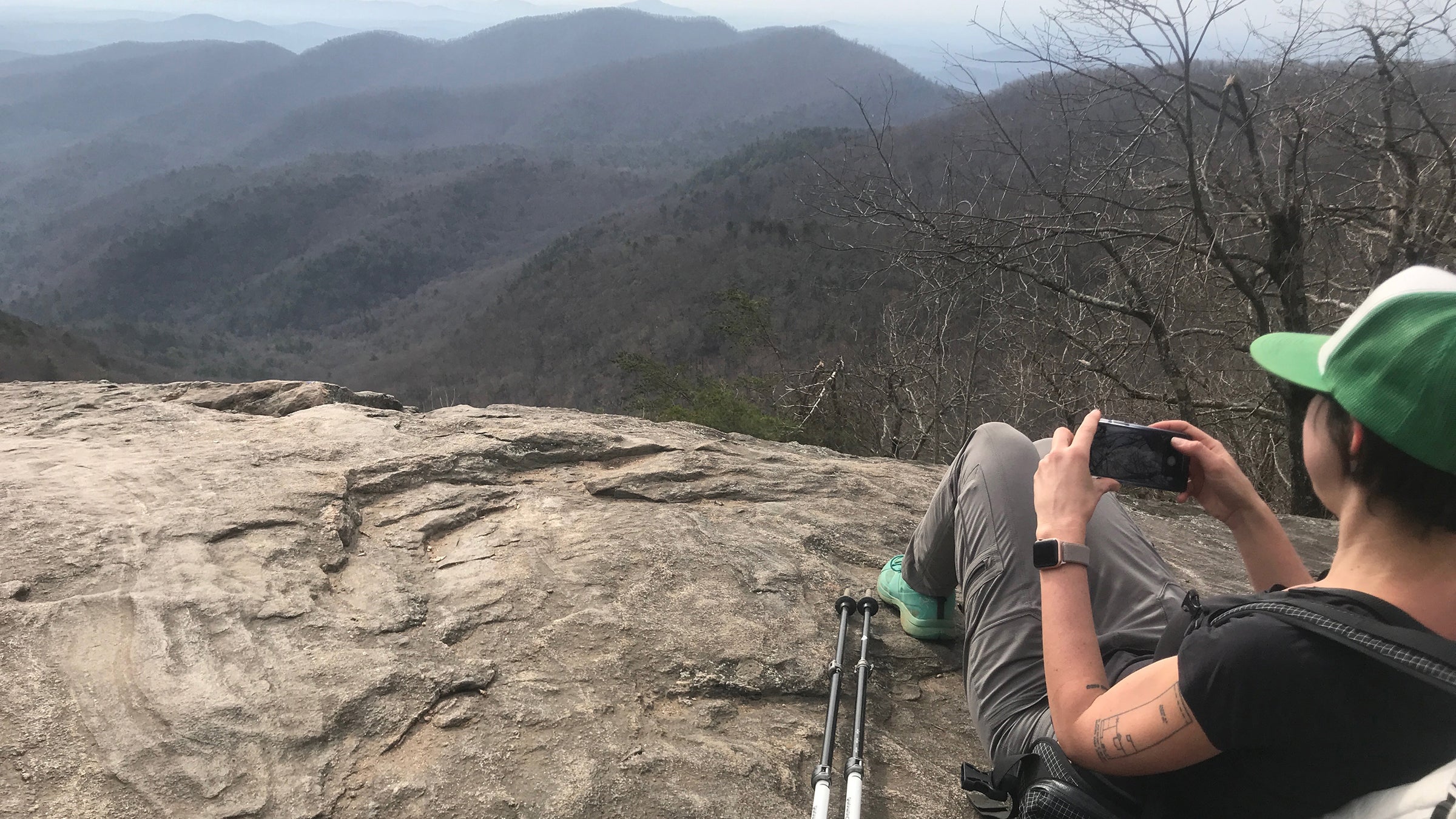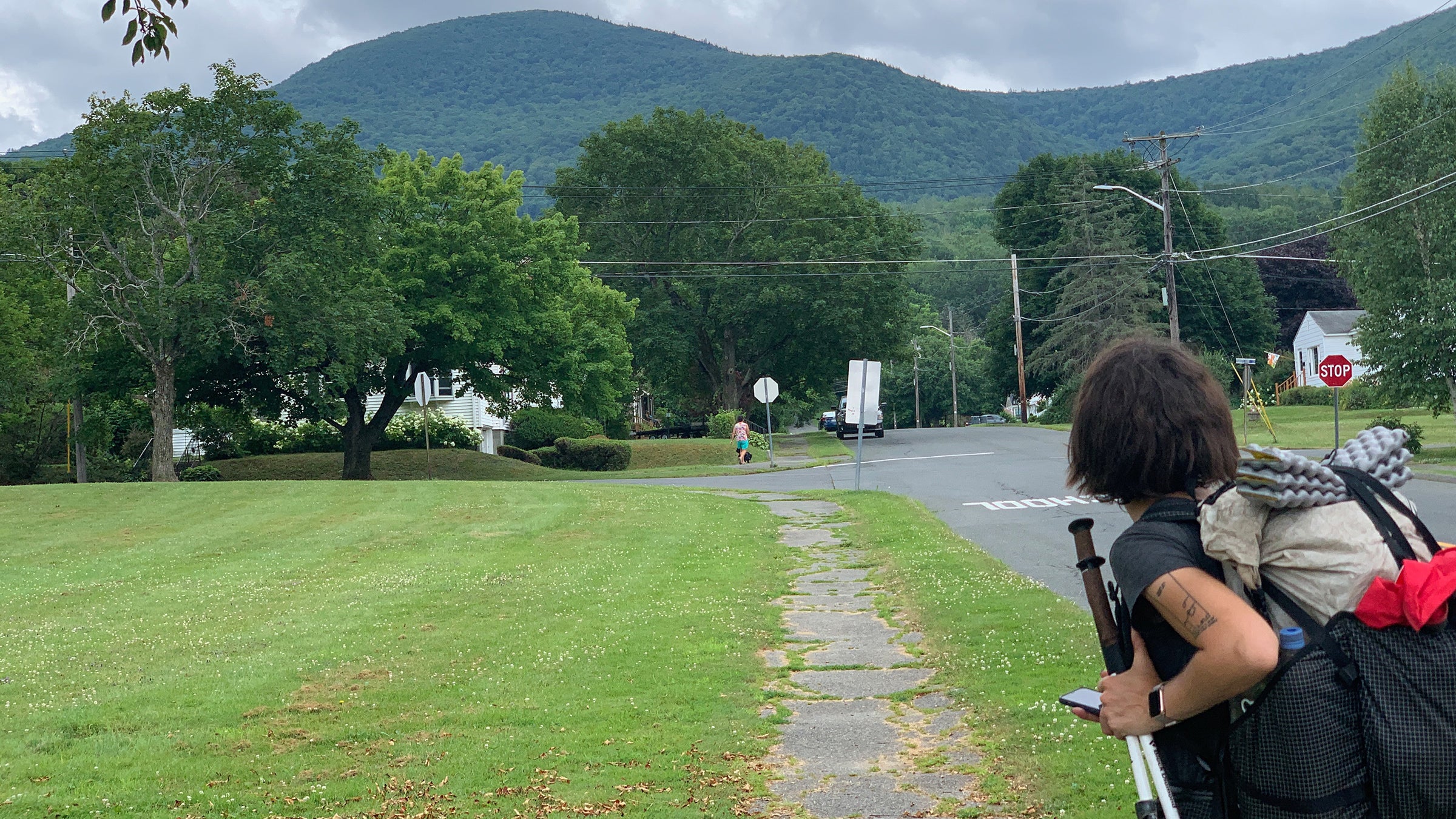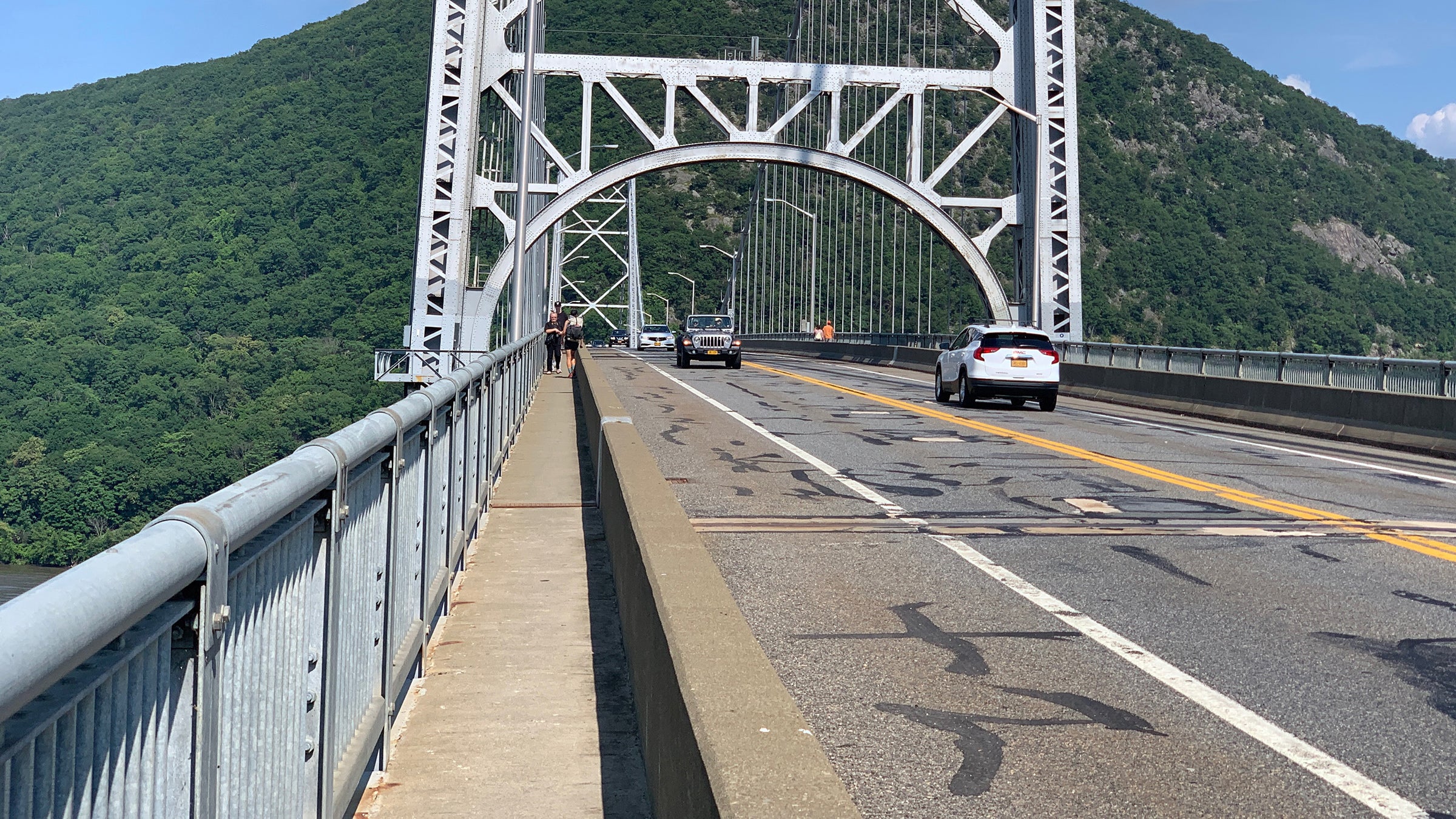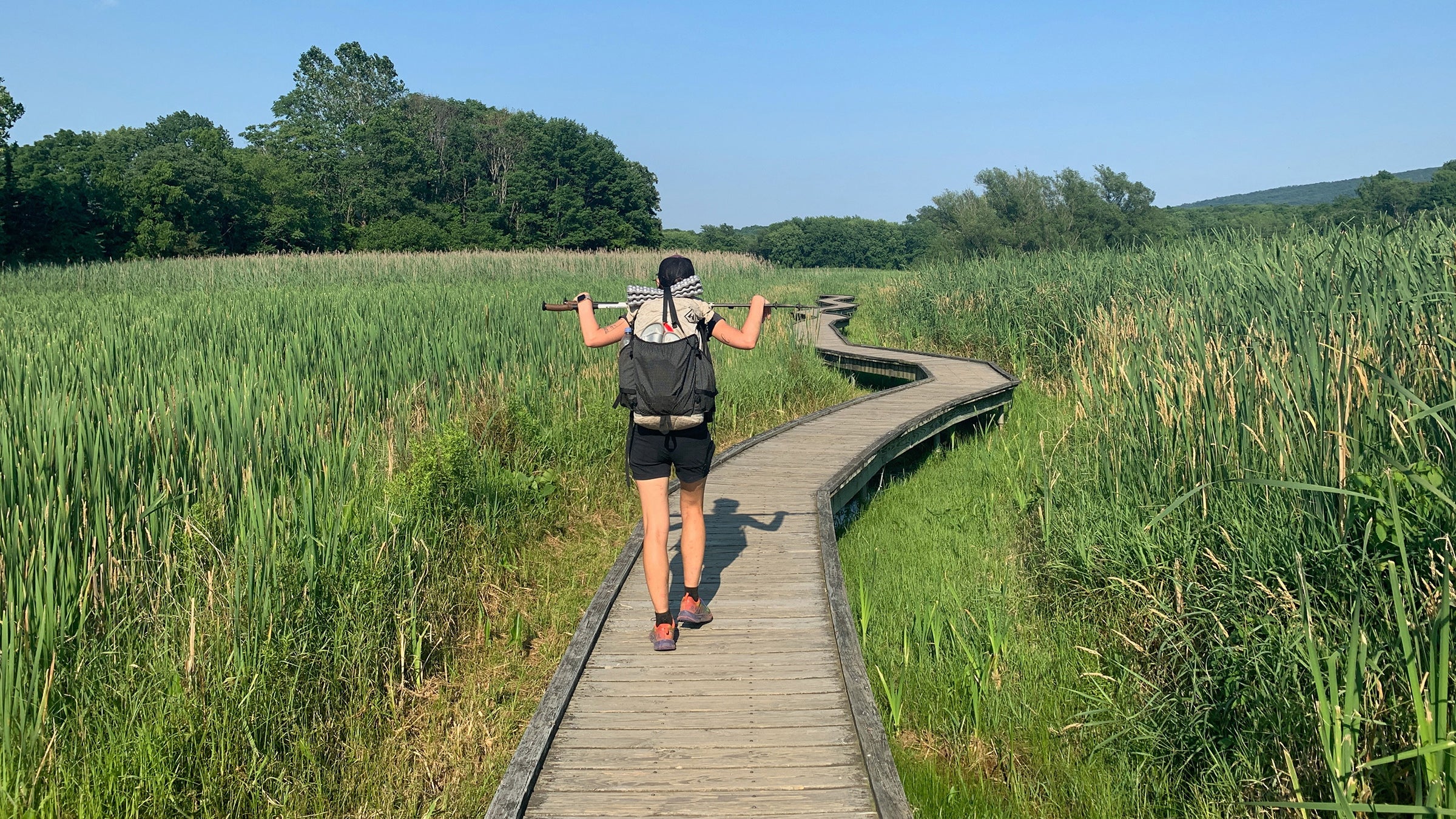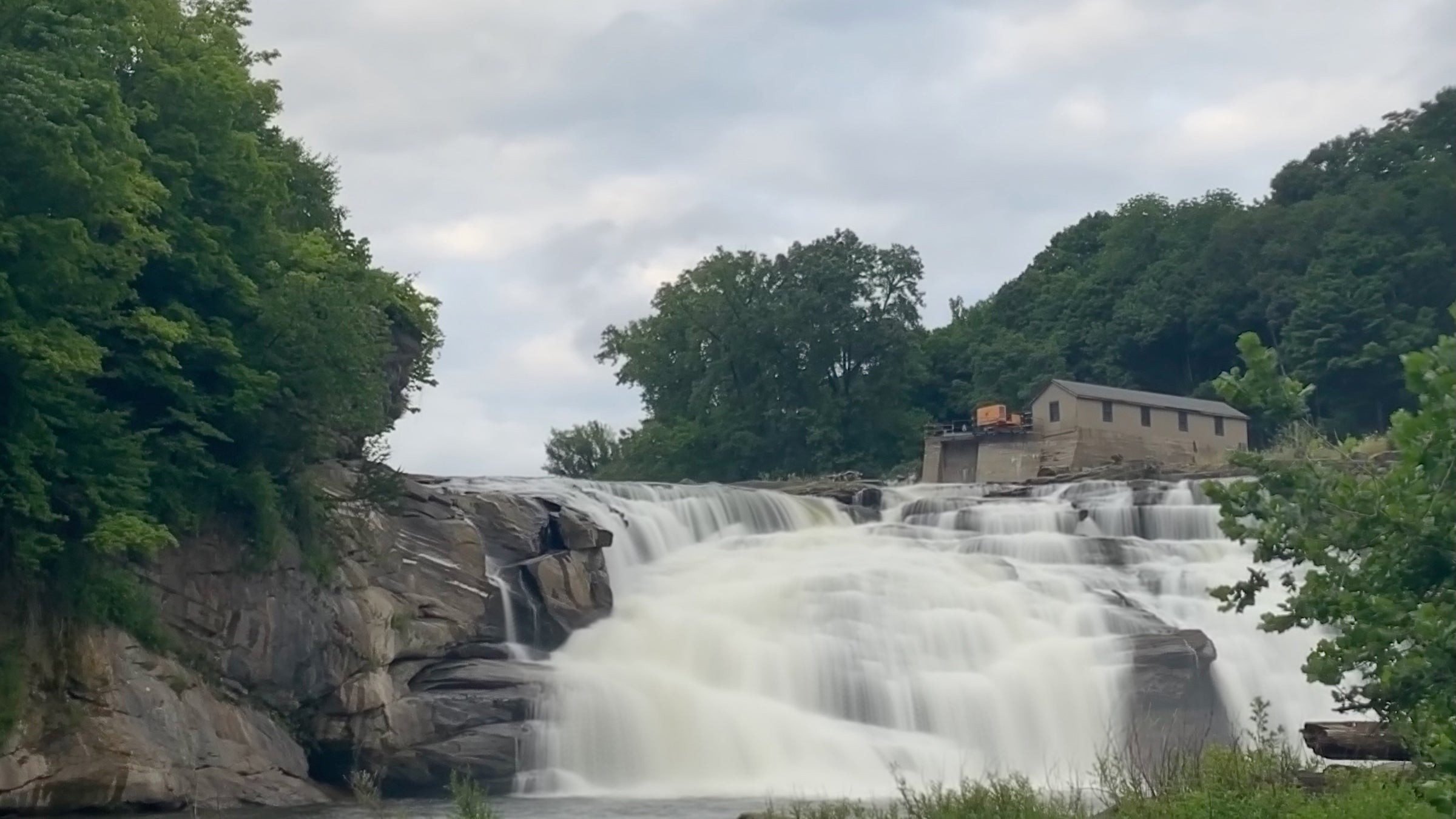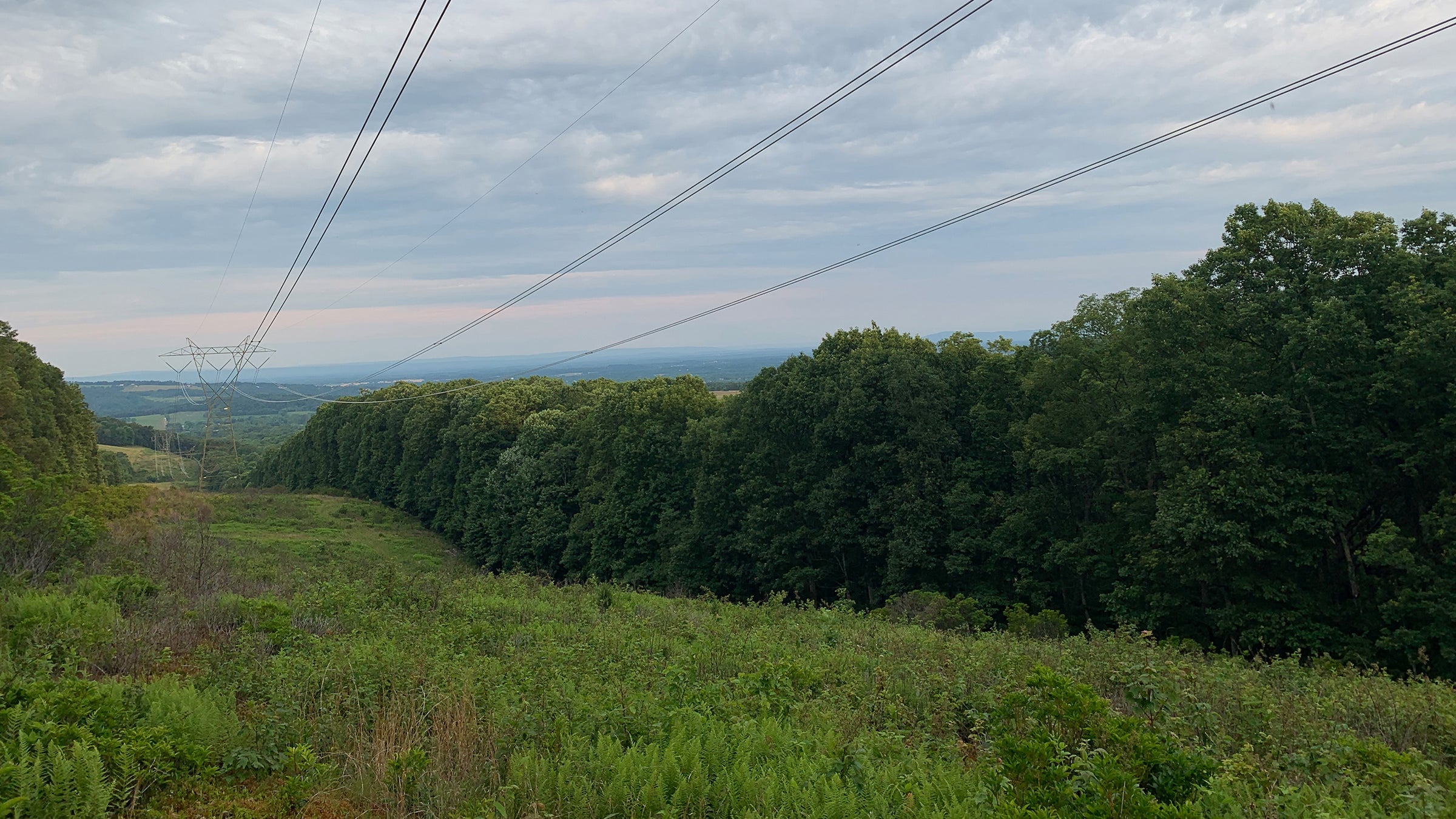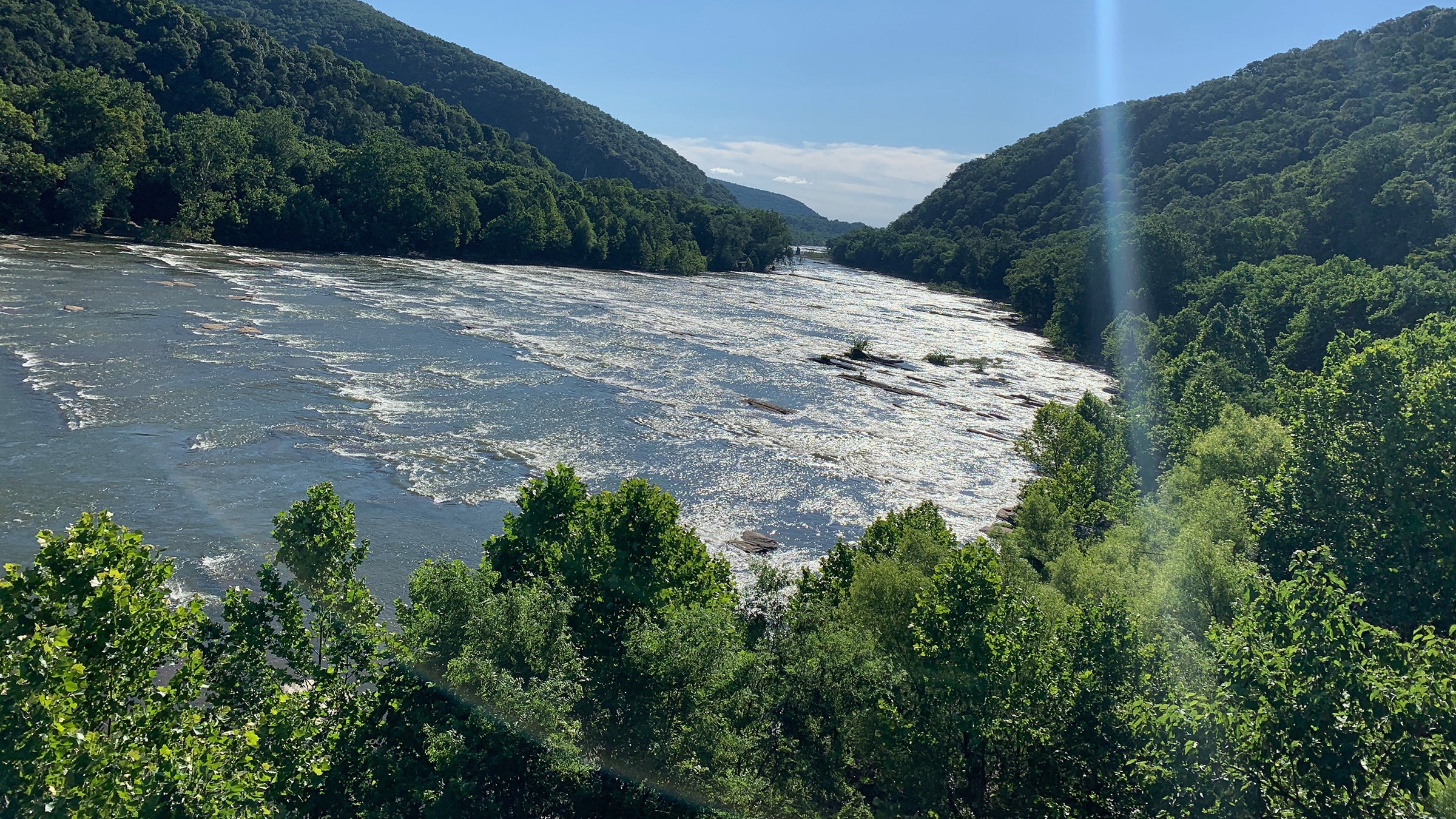The 22 States of the Triple Crown of Hiking, Definitively Ranked
The Appalachian, Pacific Crest, and Continental Divide trails pass through a combined 22 states. Our hiking columnist categorizes them from hardest to easiest.
New perk: Easily find new routes and hidden gems, upcoming running events, and more near you. Your weekly Local Running Newsletter has everything you need to lace up! .
I often joke that thru-hikers are total fearmongers. Alone on a trail with nothing but a few friends, a cell phone that has no service, and all our thoughts, we dwell on the challenge posed by upcoming terrain, and we then spread these worries to one another like a common cold.
Oh, man, you think Tennessee is tough? I heard this statement a dozen times on the Appalachian Trail. Just wait until we hit Virginia. Brutal, bro. When we did in fact hit Virginia, Pennsylvania became the new object of our collective dread—and on and on, up the spine of those old mountains. In thru-hiking, whatever comes next is almost always going to be the worst thing ever.
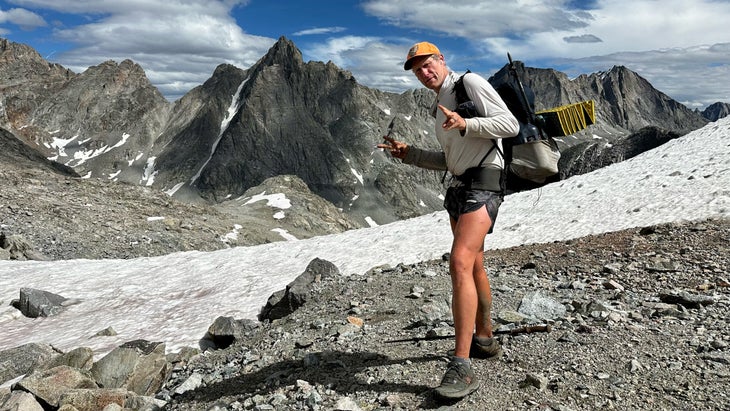
But I’ve wisened to this fearmongering. In early November 2023, I finished the Triple Crown of Hiking, a process I started in 2019 when I withstood the Virginia Blues and Rocksylvania to reach the northern end of the Appalachian Trail. The hardest part of a thru-hike, I can now say with 8,000 miles and 22 states of certainty, is not always what comes next. Some states feel like actual walks in city parks, because they sometimes are; others summon Odysseus, seabound on his ship and seemingly only getting farther away from home as one disaster precipitates another.
To clear up any future on-trail confusion and jitters—and perhaps to provide some insight to those who are just looking to trek across one state and not nearly half of the 50—I’ve ranked them from hardest to easiest, or from the ones that felt like they were trying to kill me to the ones that felt mostly like items on a checklist. This, of course, is entirely subjective, based only on my experiences in 2019 (Appalachian Trail, northbound), 2021 (Pacific Crest Trail, northbound), and 2023 (Continental Divide Trail, southbound). Go find out for yourself.


